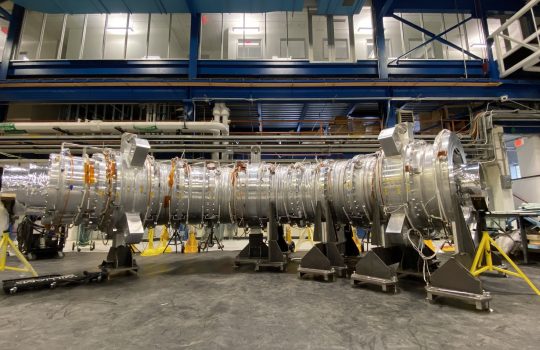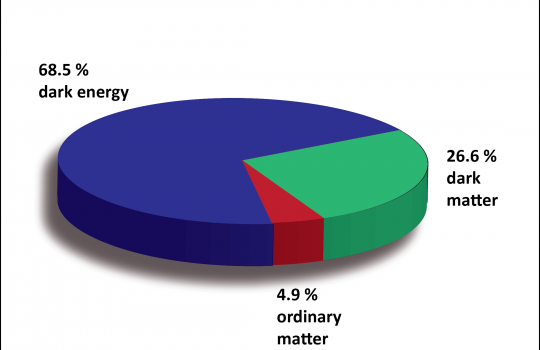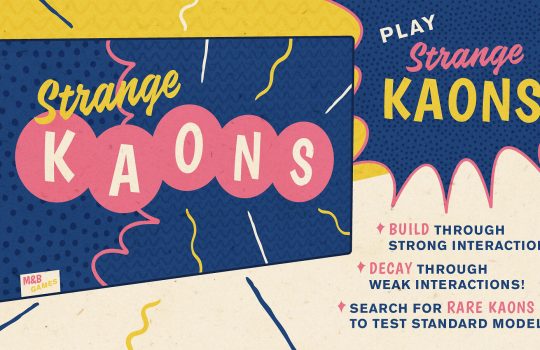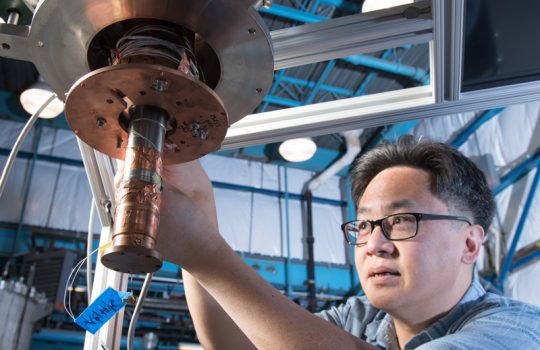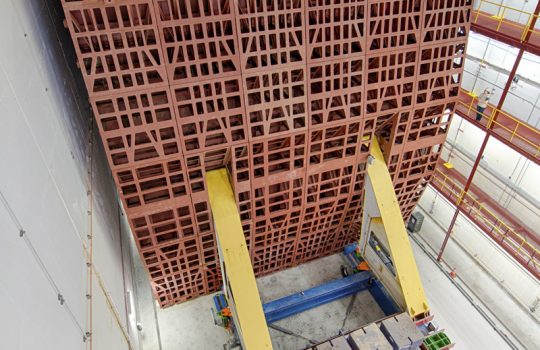Fermilab’s Muon g-2 Experiment: Arbeiten zur Aufklärung des Standardmodells der Teilchenphysik
From Bulgarisches Wirtschaftsblatt, Nov. 11, 2020: Während die Wissenschaftler im Fermi National Accelerator Laboratory des US-Energieministeriums auf die mit Spannung erwarteten ersten Ergebnisse des Muon g-2-Experiments warten, setzen die mitarbeitenden Wissenschaftler des Argonne National Laboratory des DOE weiterhin das einzigartige System ein, das das Magnetfeld im Experiment mit beispielloser Präzision abbildet.

